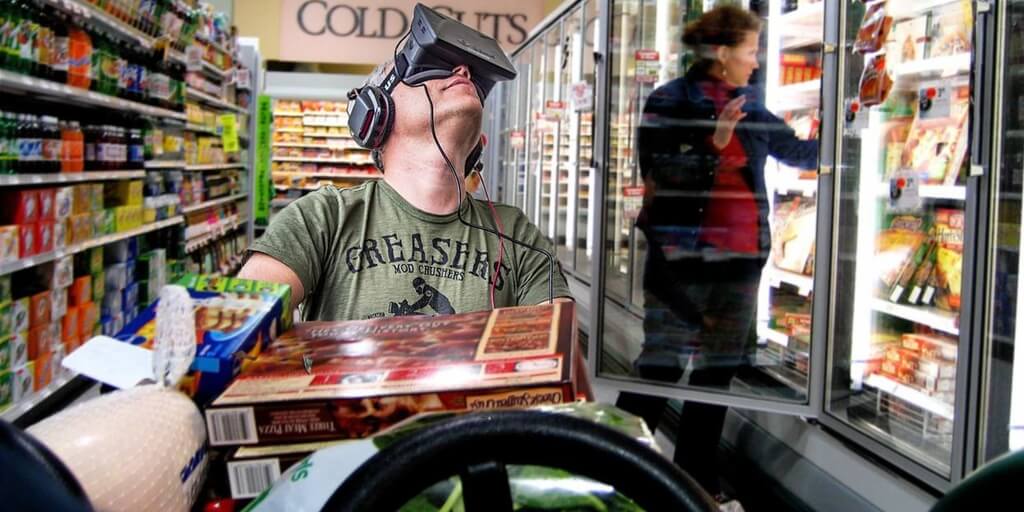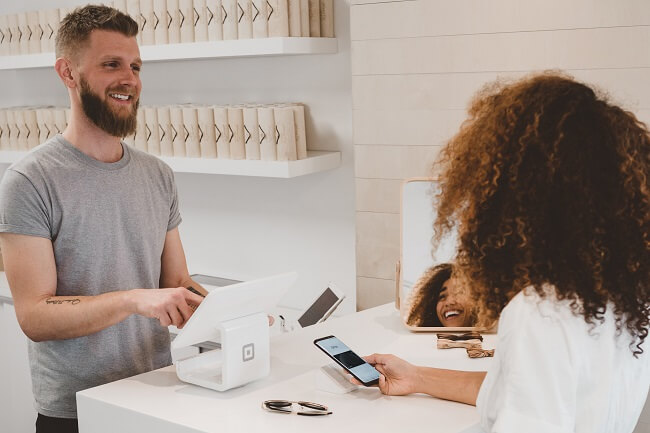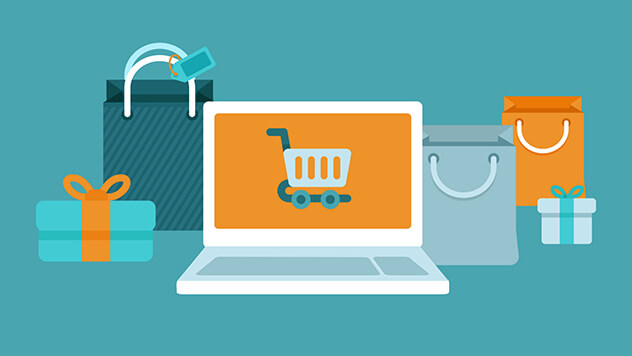Everything has been altered by the Coronavirus pandemic. Consumer trends during crisis periods will undoubtedly affect how the business world operates long after it is over. The current trends in consumer behavior were entirely impossible to predict and what would have previously worked when marketers were building their strategies for the coming year, have likely had to be completely scrapped or at least significantly altered.
The coronavirus pandemic has already had substantial effects on all aspects of society, and in the coming years, it’s likely to be viewed as the epicenter for how business will operate. How businesses have reacted has greatly shaped the consumer behavior trends 2020 has seen, and will continue to see as the year goes. As businesses have had to adapt to the current situation, the ways they have found to interact with customers and find new avenues of engagement will likely come to be expected as standard, even once the coronavirus pandemic is far behind us.
While knowing the customer experience trends 2020 had in store for us couldn’t be done, understanding how current events will shape the rest of the year, as well as the ones to come, is vital to ensure that you place your businesses in the best possible position to thrive.
How Big Brands Are Being Affected
The coronavirus doesn’t take into account a company’s size or previous successes, it just affects everyone and everything in its way. No more so is this evident than in relation to the smartphone industry. Even the biggest firms in the world such as Apple, Samsung and Huawei have been impacted to a dramatic extent.
As evidence of this, the pandemic has caused the smartphone market to suffer its fastest ever decline over the first quarter of this year, according to new data. It illustrates that the overall drop in global shipments was 13%, though the drop in China alone may have even been as high as 27%, seeing as that was where the virus originated, as well as where a large proportion of smartphone factories are located.
However, the true impact of the pandemic may yet to have been fully realized. Many smartphone companies expect the following quarter to represent the stage where the full force of the coronavirus’ impact will be felt, a feeling shared by many global brands in many different sectors.
Although it might seem like a disastrous time for all involved or that planning for the future is futile due to the ever-changing nature of the world, there are still some things that all brands and companies can learn from and implement to put themselves in the best possible position to grow, both during and after a crisis of this severity.
Post-Coronavirus Consumer Trends To Be Aware Of
While you might be hearing a lot of information concerning the 10 trends in consumer behavior that are affecting the way the world does business, essentially there are 4 key ones that you need to pay particular attention to that will dominate post coronavirus. These are:
Virtual Experiences: Immersive new technologies are constantly referred to as the future of business, but COVID-19 has made this a more ever-present fixture based on the global quarantines. With stores and businesses closing their physical doors, people have instead been having experience-based activities, all via virtual experiences.

The COVID-19 virtual experience economy has seen an incredible boom. From online quizzes and live music events to virtual escape rooms and cook-along meals all becoming something everyone could enjoy from the comfort of their own home. Once lockdown laws lift however, it is unlikely that consumers will want this to end. Instead, it is likely that these virtual experiences will become something many customers will expect as standard from the brands they interact with, where the ones who are unable to offer this will lose out to those who do.
However, digital or virtual experiences should not just be viewed as just ways to entertain an audience, instead they can be optimized as platforms to build trust with customers, and add value to their lives. Once this is achieved, you can engage with them on a much deeper level which will result in an increased likelihood of them purchasing from you.
Streaming: In connection with virtual experiences, streaming offers incredible possibilities when it comes to building business. eCommerce and live streaming are slowly combining to form the new direction for online shopping.

While many forms of commerce have seen a sharp decline, the recent crisis has seen the live-streaming market grow even bigger and faster than was already the case. This mix of entertainment, sense of community between customers and companies as well as the possibility to sell directly during a live stream, has truly elevated the expectations of this moving forward. While some brands may think of live streaming as just a nice way of marketing and raising awareness, truly innovative companies are now finding ways to use it to drive new sales.
Take Adidas as an example. The sportswear and sneaker giant has been hosting streams that debut exclusive online products on their “See Now, Buy Now” platform. Not only does this offer the feeling of exclusivity and raise the sense of FOMO amongst customers regarding limited edition products, it importantly allows users to make real-time purchases of featured items from their mobile phones directly though the stream.
With COVID-19 affecting how physical stores are viewed, expect the rise of selling when streaming and through virtual experiences to rise rapidly.
Direct-To-Consumer Boom: Disruption to distribution channels has been one of the main points of emphasis for companies during the pandemic. In some cases entire supply chains have just ground to a halt. In turn, this has seen the continued rise of direct-to-consumer brands. These brands, which bypass standard distribution channels and instead focus on creating as short a path as possible between a product being created and it getting to a customer.

Industry disrupting brands like Dollar Shave Club, Blue Apron and Casper were already seeing substantial growth before the impact of the virus was felt, but now many more companies are instilling this approach into their business models. Take Peloton, for example, with many gyms closing and people having limited ability to go outside, the ability to send exercise equipment directly to someone’s door without relying on external delivery formats, has meant they have seen their sales skyrocket.
The global pandemic is changing the way supply chains function on an incredibly basic level. Customers are choosing the brands who are able to get products to them quickly and safely. As consumers continue to shift more of their spending from in-person to online, direct-to-consumer brands are likely to transition from small, independent names into industry leading companies.
Greater Emphasis on Online Shopping: Speaking of which, as most people are trying to minimize their exposure to the outside world, online shopping is seeing a sharp rise that is unlikely to drop much once everything subsides. Everything from groceries and household goods to medicine and hygiene products are now shifting more to online purchases. These are products that people still prefer to purchase in person as opposed to online, but due global situations, these users have been forced to become online shoppers.

This applies to brands who were previously reticent to embrace online shopping, like Aldi. With demand for online grocery shopping a new necessity for some people, Aldi enacted changes that allowed people to purchase food online and get it delivered to their home. The saw orders increase rapidly almost instantly. This is also the case for downloads of apps such as Instacart, which has witnessed a rapid increase in the number of users who require their services. As companies and customers alike become more comfortable with the concept of online shopping, expect it to become something they offer as a standard now, as opposed to just a one-time thing.
Tips for Brands During and After The Crisis
While some brands might not be able to offer such sweeping changes as becoming a direct-to-consumer business or offering wholescale virtual experiences, there are still some smaller things you can do in response to the current trends in consumer behavior. These included:
- Focus on your messaging
- Utilize social media platforms to engage with your customer base
- Be flexible and understanding of your consumers needs
- Give back to the wider community and demonstrate that you’re doing things to help
- Be clear concerning your delivery policies
- Emails and newsletters should be regular features for you
- Communicate directly with your customers
- Prioritize eCommerce and online shopping platforms
- Ensure you are posting to your blog and your keyword optimization is updated
- Get creative and innovative with how you engage with customers
Final Thoughts
The coronavirus pandemic is likely to go down as one of the most significant events of the century. It has impacted the world in ways previously thought of as impossible and the complete impression it leaves behind is yet to be fully realized. Freak events that cause unanticipated consequences on a global scale are almost impossible to predict, but the marks they leave will impact generations to come and change the ways entire sectors and industries have to operate.
Consumer trends during a crisis usually lead to permanent behavior changes from customers. Predicting and preparing for these unforeseen changes is something that was next to impossible for everyone, adapting to the changes it makes is something that is needed to ensure that your business is successful.





Tell us your thoughts in the comments